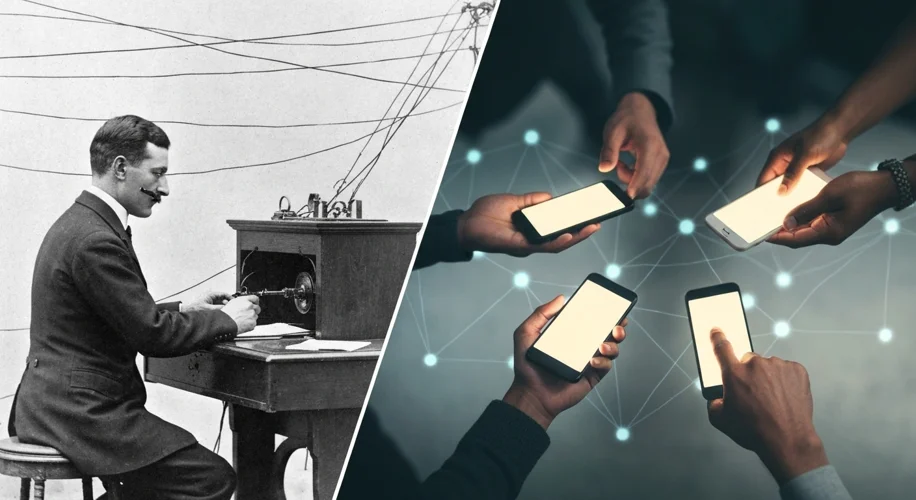It’s been said that a recent study suggests our current social media landscape is beyond repair. As someone who has spent decades sifting through the dusty records of technological progress, I find this claim both intriguing and, frankly, not entirely surprising. The challenges we face today with platforms like X (formerly Twitter), Facebook, or Instagram aren’t entirely new. They echo sentiments and struggles from the very beginnings of mass communication.
Let us examine the historical context. Consider the telegraph, the internet’s great-grandparent. When it first emerged in the mid-19th century, it was a marvel. Messages could cross vast distances in minutes, not months. Yet, it wasn’t long before the telegraph systems were flooded with spam, fraudulent messages, and, as historian John Durham has documented, even deliberate misinformation campaigns aimed at influencing political outcomes. The very speed and reach that made it revolutionary also made it a potent tool for those with less than noble intentions.
Then came the telephone. Initially envisioned as a tool for polite conversation and business, it quickly became a conduit for unsolicited sales pitches, harassment, and the spread of rumors. The early days of radio and television, too, were fraught with concerns about content control, propaganda, and the overwhelming influence of advertisers. Each new communication technology, hailed as a unifier or a democratizer, also presented new avenues for societal friction and manipulation.
What I’ve seen in my years working with these documents is a recurring pattern. Technology itself is often neutral. The ingenuity of early engineers was focused on solving a problem: how to connect people faster and more reliably. But human nature, with all its complexities – our desires, our biases, our capacity for both good and ill – is the constant factor that shapes how these tools are used.
The current issues plaguing social media – echo chambers, the rapid spread of unverified information, the amplification of extreme voices – aren’t necessarily flaws inherent in the digital code. They are, in many ways, reflections of enduring human and societal behaviors. We seek connection, affirmation, and information, but we also gravitate towards what confirms our existing beliefs and what elicits a strong emotional response.
This document provides a glimpse into how societies have grappled with new communication tools throughout history. The evolution of this technology shows that while the platforms change, the underlying human dynamics remain remarkably consistent. Perhaps the question isn’t whether social media is ‘unfixable,’ but rather, how do we, as a society, adapt and develop the wisdom to navigate the communication tools we create, much like our ancestors did with the telegraph wires and the early telephone lines?

